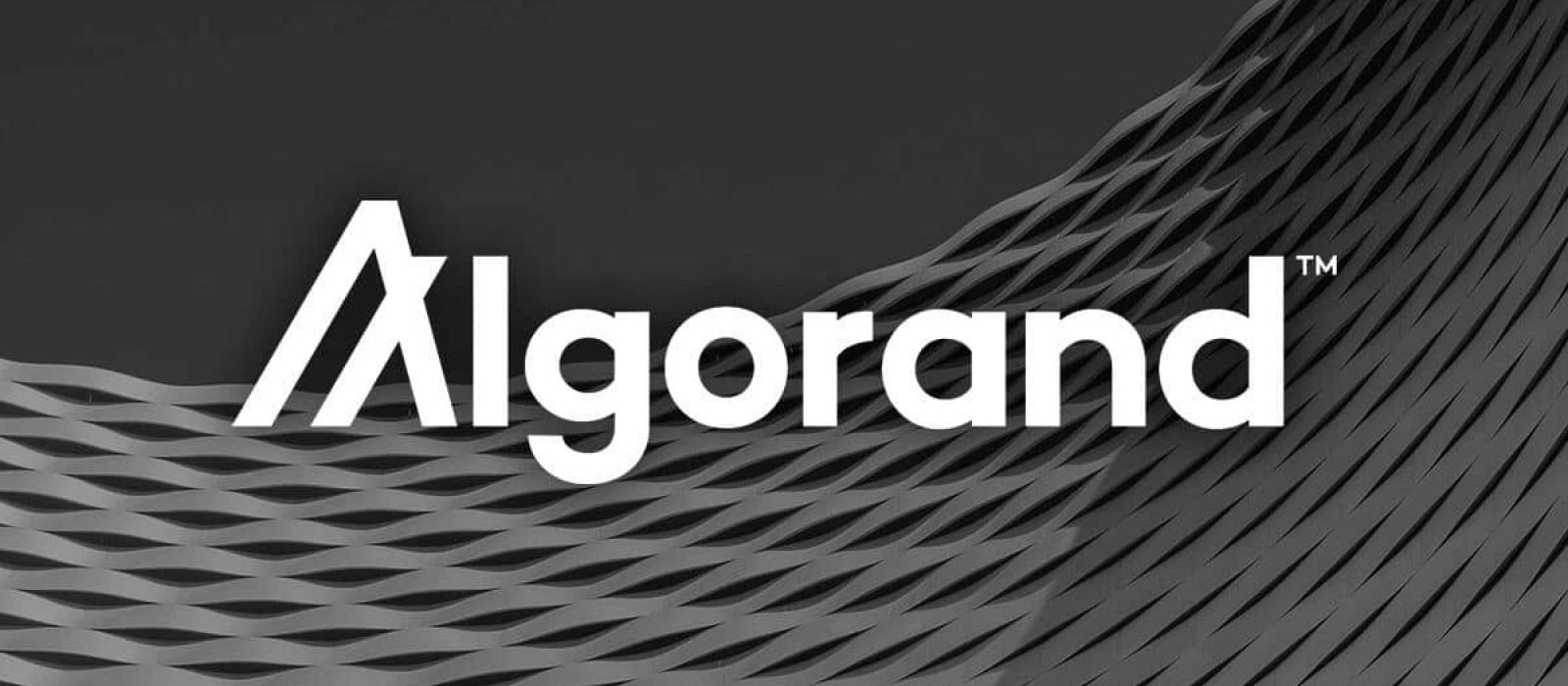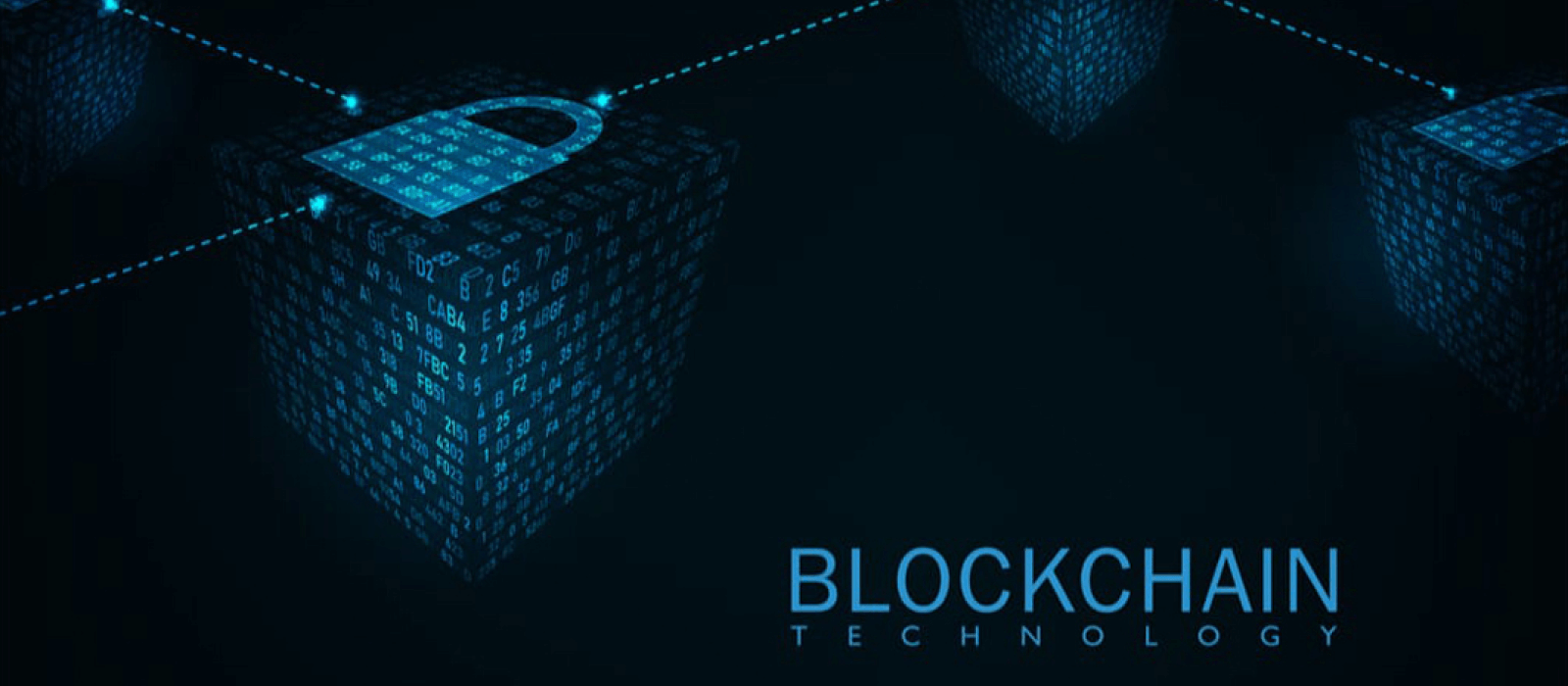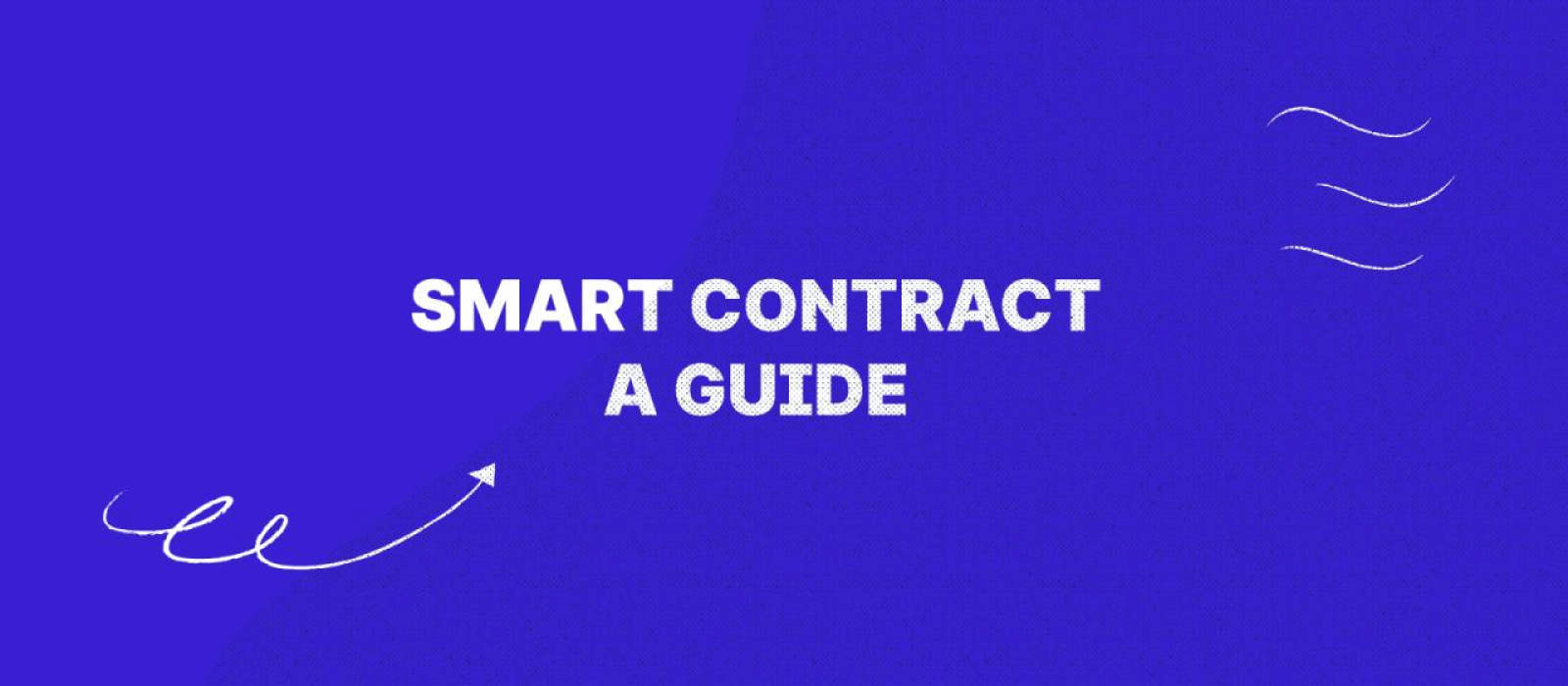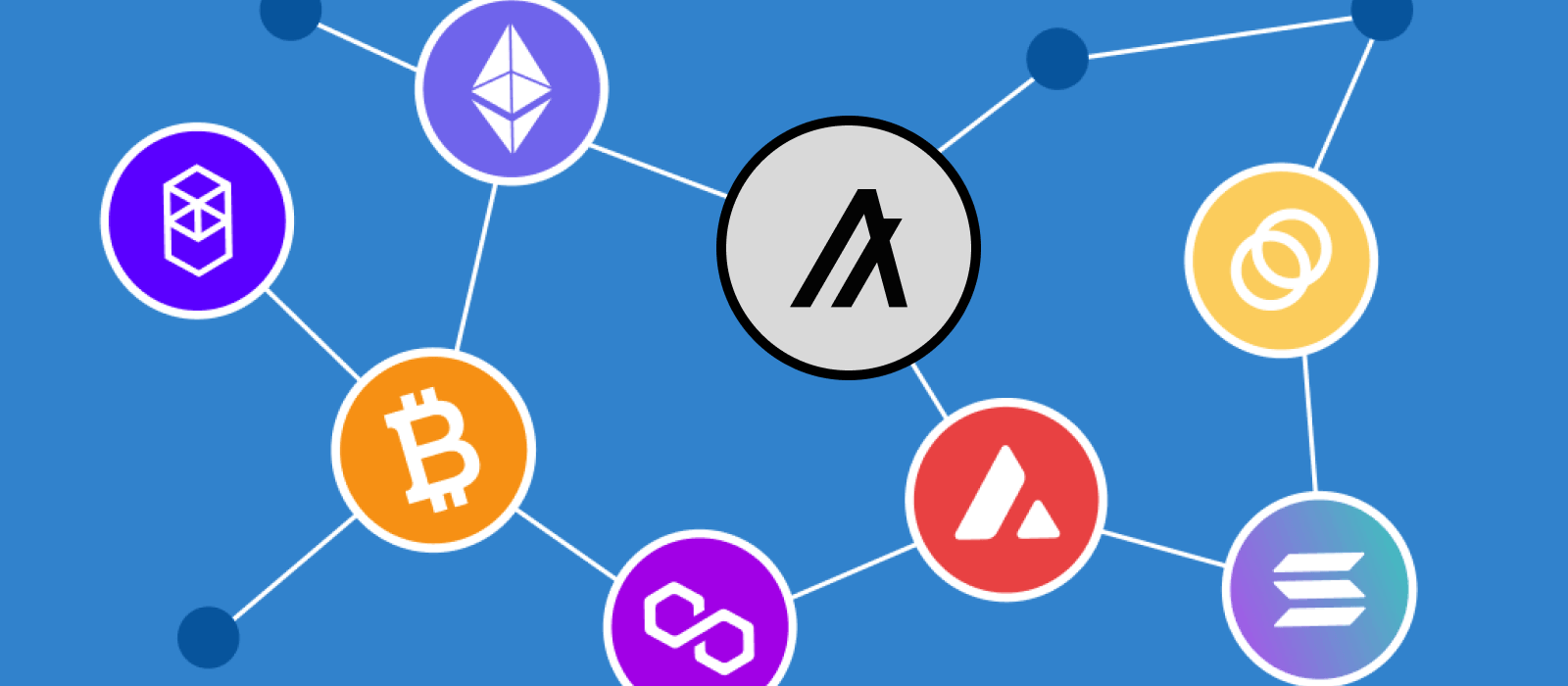In our rapidly evolving digital world, trust in financial transactions has become a paramount concern. Traditional asset exchanges often rely on intermediaries like banks and exchanges to ensure the integrity of transactions.
However, Algorand's Atomic Transfers are changing the game, offering a revolutionary solution that eliminates intermediaries, accelerates transaction speed, and instills trust in asset trading.
The Digital Revolution and Trust in Finance In the 21st century, the world is experiencing an unprecedented digital revolution. As technology advances, our daily lives become increasingly intertwined with the digital realm. In this era of rapid transformation, trust has emerged as a pivotal concern, particularly in the realm of financial transactions.
The traditional landscape of asset exchanges has long depended on intermediaries such as banks and exchanges to facilitate and guarantee the integrity of transactions.
What are Atomic Transfers?
In the realm of blockchain technology, Atomic Transfers are not just a fancy term but a game-changing concept. At its core, an Atomic Transfer represents a bundle of transactions treated as a single, indivisible unit. This means that when several transactions are grouped together in an Atomic Transfer, they become inseparable. It's an all-or-nothing deal. Either all the transactions in the bundle will be successfully executed, or none of them will be.
Now, you might wonder, "Why is this unique feature such a game-changer?" To answer that question, let's delve deeper into how Atomic Transfers work and how they offer significant advantages over traditional methods.
Advantages over Traditional Methods
The traditional financial world has long relied on intermediaries such as banks, brokers, and exchanges to ensure the trustworthiness of transactions. These intermediaries play a critical role in facilitating trades and verifying that parties involved fulfill their obligations. While they serve their purpose, they also introduce various inefficiencies, costs, and, at times, vulnerabilities to the process.
Here's where Atomic Transfers shine:
Impeccable Trust Assurance: One of the most significant advantages of Atomic Transfers is their ability to provide impeccable trust assurance. When you initiate an Atomic Transfer, you are essentially saying, "I want these transactions to happen together, or none of them should happen at all." This eliminates the risk of partial fulfillment or any party reneging on their commitment.
Fraud Elimination: Atomic Transfers drastically reduce the risk of fraudulent activity. In traditional transactions, there is always a possibility that one party may not fulfill their part of the deal. With Atomic Transfers, the guarantee of complete execution or none at all removes this risk entirely.
Simplified Processes: Traditional financial systems often involve complex contracts, third-party verifications, and escrow services to ensure trust. Atomic Transfers streamline this process by making the entire transaction an all-or-nothing event. There's no need for escrows or complicated contract structures.
Efficiency and Speed: Atomic Transfers on the Algorand blockchain are remarkably efficient. Transactions are confirmed in under four seconds, making them significantly faster than traditional methods that may take hours or even days for settlements.
In essence, Atomic Transfers provide an elegant solution to the trust and efficiency challenges that have plagued traditional financial systems. They offer a level of security, transparency, and speed that is unparalleled, making them a vital innovation in the world of blockchain and finance.
In the subsequent chapters, we will explore real-life use cases of Atomic Transfers and how they can be implemented, providing a comprehensive understanding of their transformative potential.
Advantages over Traditional Methods
In the world of finance, trust and security are the bedrock of transactions. Traditional financial systems often rely on intermediaries to ensure this trust, but Algorand's Atomic Transfers introduce a set of compelling advantages that revolutionize how we perceive and conduct transactions.
1. Speed: Transactions in the Blink of an Eye
One of the most immediate and noticeable advantages of Atomic Transfers is the speed at which they operate. Transactions are confirmed in under 4 seconds. In contrast, traditional financial transactions can take hours, if not days, to be processed and settled. The speed of Atomic Transfers ensures that assets change hands swiftly, making it ideal for time-sensitive transactions or trading in volatile markets.
2. Simplified Contracts: Eliminating Complexity
Traditional methods often involve intricate contracts, complex legal language, and sometimes even the need for third-party intermediaries to oversee these agreements. Atomic Transfers, on the other hand, eliminate this complexity. When transactions are bundled into an Atomic Transfer, all parties agree that they will either happen together or not at all. There's no need for complex contract negotiation or reliance on third parties to enforce the terms. This simplicity reduces transaction costs and enhances efficiency.
3. Trust Assurance: All or Nothing
Atomic Transfers provide an unparalleled level of trust assurance. In a traditional transaction, there's always a degree of uncertainty regarding whether all parties will fulfill their obligations. Atomic Transfers obliterate this uncertainty. If one part of the transaction fails, the entire bundle fails. This ensures that either all parties involved receive their assets as agreed upon, or none of them do. The trust is no longer a luxury; it's a guarantee.
Real-Life Use Cases
The potential of Atomic Transfers extends far beyond theoretical benefits. Let's delve into real-world scenarios where Atomic Transfers can shine:
1. Circular Trades: Trust in Complex Sequences
Imagine a scenario where Alice wants to pay Bob only if Bob pays Claire, and Claire pays Alice. Traditional methods would require intricate contracts and a series of complex steps to ensure trust in this circular trade sequence. With Atomic Transfers, the entire process becomes straightforward. Either all transactions go through as planned, or none do, simplifying trust in intricate trading scenarios.
2. Group Payments: Collective Responsibility
Atomic Transfers are the perfect solution for group payments. Whether it's splitting a dinner bill, sharing expenses on a project, or any other situation where multiple parties need to make payments, Atomic Transfers ensure collective responsibility. Everyone pays their share, or the payment doesn't happen.
3. Decentralized Exchanges: Faster, More Secure Asset Exchange
In the world of cryptocurrency, decentralized exchanges (DEXs) are gaining popularity. Atomic Transfers provide a secure and efficient way to conduct asset exchanges on these platforms. No need for central entities to hold and oversee the assets; trades occur instantly or not at all.
4. Distributed Payments: Simultaneous Transactions
Atomic Transfers enable simultaneous payments to multiple recipients. Whether you're a business making payroll or an individual sending gifts to multiple people, this feature ensures all transactions happen together, reducing the risk of partial payments or errors.
5. Pooled Transaction Fees: Efficient Fee Handling
In many blockchain networks, handling transaction fees for multiple transactions can be cumbersome. Atomic Transfers simplify this by allowing a single transaction to cover the fees for multiple transactions, reducing the overall cost and administrative burden.
In these real-life scenarios, Atomic Transfers offer practical solutions that not only enhance trust and security but also streamline processes and reduce costs. As we explore further, you'll gain insights into how to implement Atomic Transfers and experience their benefits firsthand.
Implementing Atomic Transfers
To leverage the game-changing potential of Atomic Transfers, the implementation process is both streamlined and developer-friendly. Here are the essential steps:
Creating Transactions: Begin by generating the necessary unsigned transactions. These transactions represent the assets to be transferred and any associated details. It's the digital equivalent of preparing the assets you wish to exchange.
Grouping Transactions: Once you've created the individual transactions, it's time to group them together. This is where Algorand's JavaScript SDK comes into play. Grouping ensures that the transactions are treated as a single, indivisible unit, following the Atomic Transfer concept.
Authorization: Each participant involved in the Atomic Transfer authorizes their respective transactions. This step verifies that all parties are in agreement and willing to proceed with the transaction. Authorization is a key element in ensuring the trustworthiness of the exchange.
Assembly: Once all individual transactions are authorized, they are assembled into a single, coherent bundle while maintaining their original order. This bundle represents the complete Atomic Transfer, and it's ready to be sent for confirmation.
Sending to Network: The grouped transactions, now assembled into an Atomic Transfer, are sent to the Algorand network for confirmation. It's on the network that the Atomic Transfer's all-or-nothing principle comes into play. If any part of the bundle fails to execute successfully, the entire transaction is rolled back.
Let's illustrate this process with a practical example:
- Imagine Alice wants to buy a piece of artwork from Bob using Algorand's Atomic Transfers. Here's how it would work:
- Alice creates a transaction to send Algos (Algorand's native cryptocurrency) to Bob, representing the payment for the artwork.
- Bob creates a corresponding transaction to transfer the ownership of the artwork to Alice.
- These individual transactions are grouped together, making them part of a single Atomic Transfer.
- Alice and Bob both authorize their respective transactions, confirming their agreement to the exchange.
- The authorized transactions are assembled into an Atomic Transfer bundle.
- The bundled transactions are sent to the Algorand network for confirmation. If everything goes smoothly, Alice receives the artwork, and Bob receives the payment. If any part of the process fails, the entire exchange is canceled, ensuring the trustworthiness of the trade.
The Future of Atomic Transfers
As the world continues to progress towards decentralization and seeks faster, more secure methods for trading assets, Atomic Transfers hold immense promise. These innovative mechanisms have the potential to reshape the landscape of global asset trading practices. By enhancing transaction efficiency, transparency, and trust, Atomic Transfers pave the way for a future where financial transactions are executed seamlessly, and trust is guaranteed.
Conclusion:
Embrace the Future of Finance with Algorand's Atomic Transfers
In the ever-evolving landscape of finance and blockchain technology, Algorand's Atomic Transfers stand as a beacon of innovation and trust. As we bid farewell to traditional financial methods plagued by intermediaries and inefficiencies, we welcome a new era characterized by trustless, efficient, and rapid asset exchanges.
In a world where trust is often elusive, Atomic Transfers offer a refreshing solution—a guarantee that transactions will either succeed fully or not at all, eliminating partial fulfillment and the risk of fraud.
Whether you're a developer seeking the simplicity and power of Algorand's SDKs or an investor longing for a secure, fast, and transparent trading platform, Atomic Transfers have something groundbreaking to offer.
The time has come to embrace the future of finance. It's a future where asset trading is straightforward, swift, and secure, thanks to Algorand's Atomic Transfers. The potential is limitless, and the journey has just begun. Experience the transformational power of Atomic Transfers today, and become a part of the financial revolution that's reshaping our world.
 6 min read
6 min read
 7 min read
7 min read
 8 min read
8 min read
 7 min read
7 min read
 11 min read
11 min read
 5 min read
5 min read
 5 min read
5 min read
 9 min read
9 min read
 7 min read
7 min read
 8 min read
8 min read
















